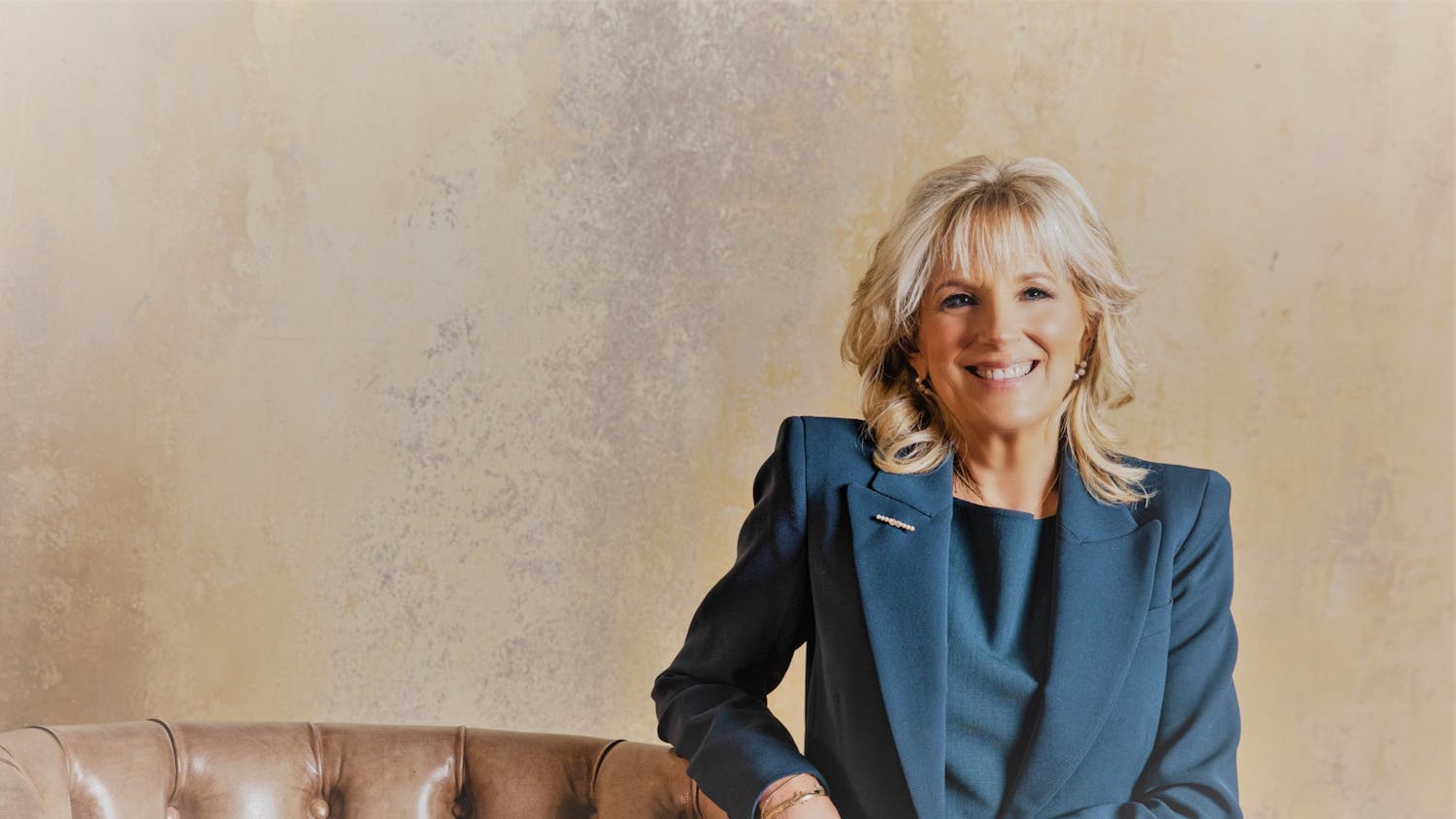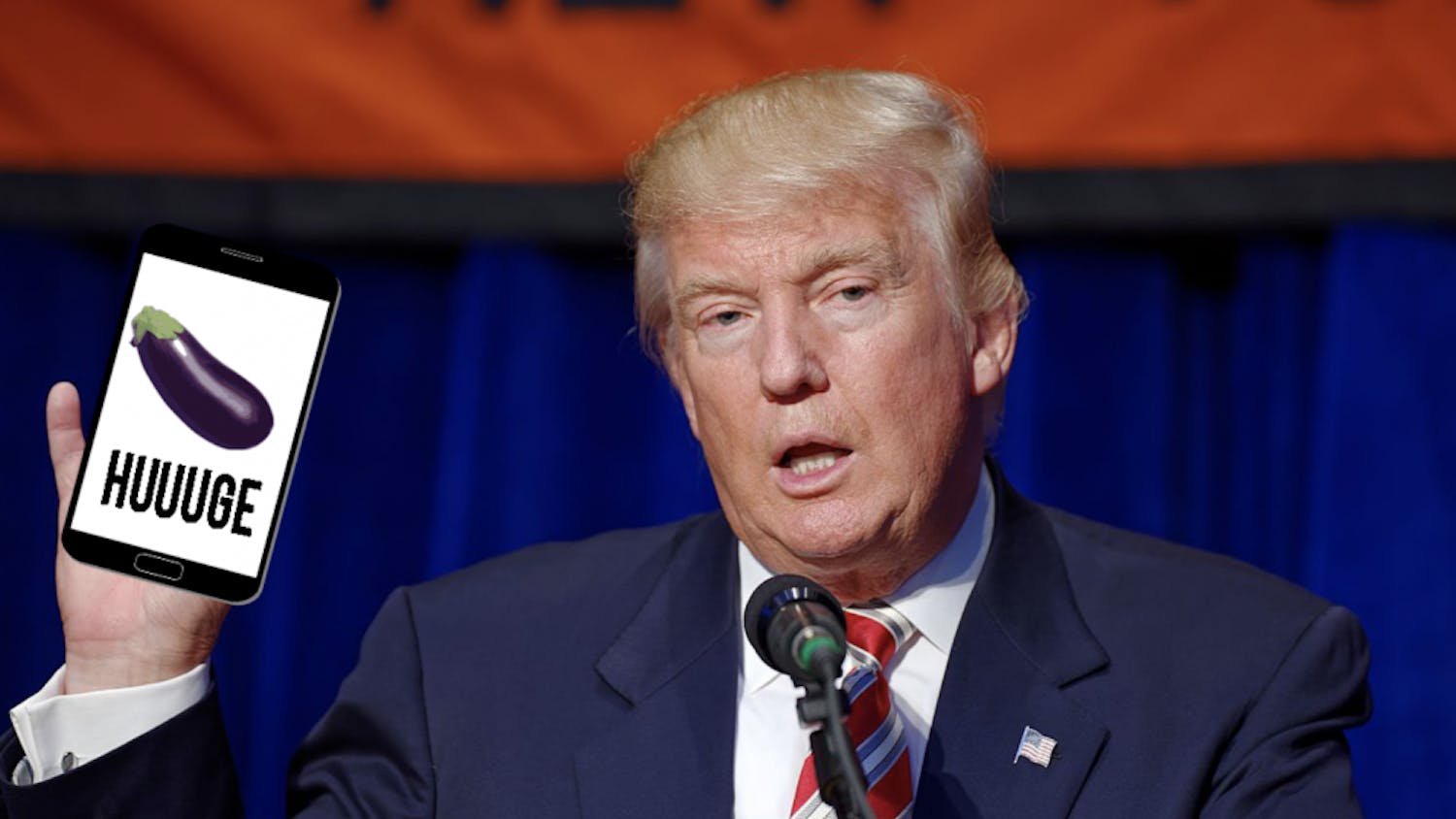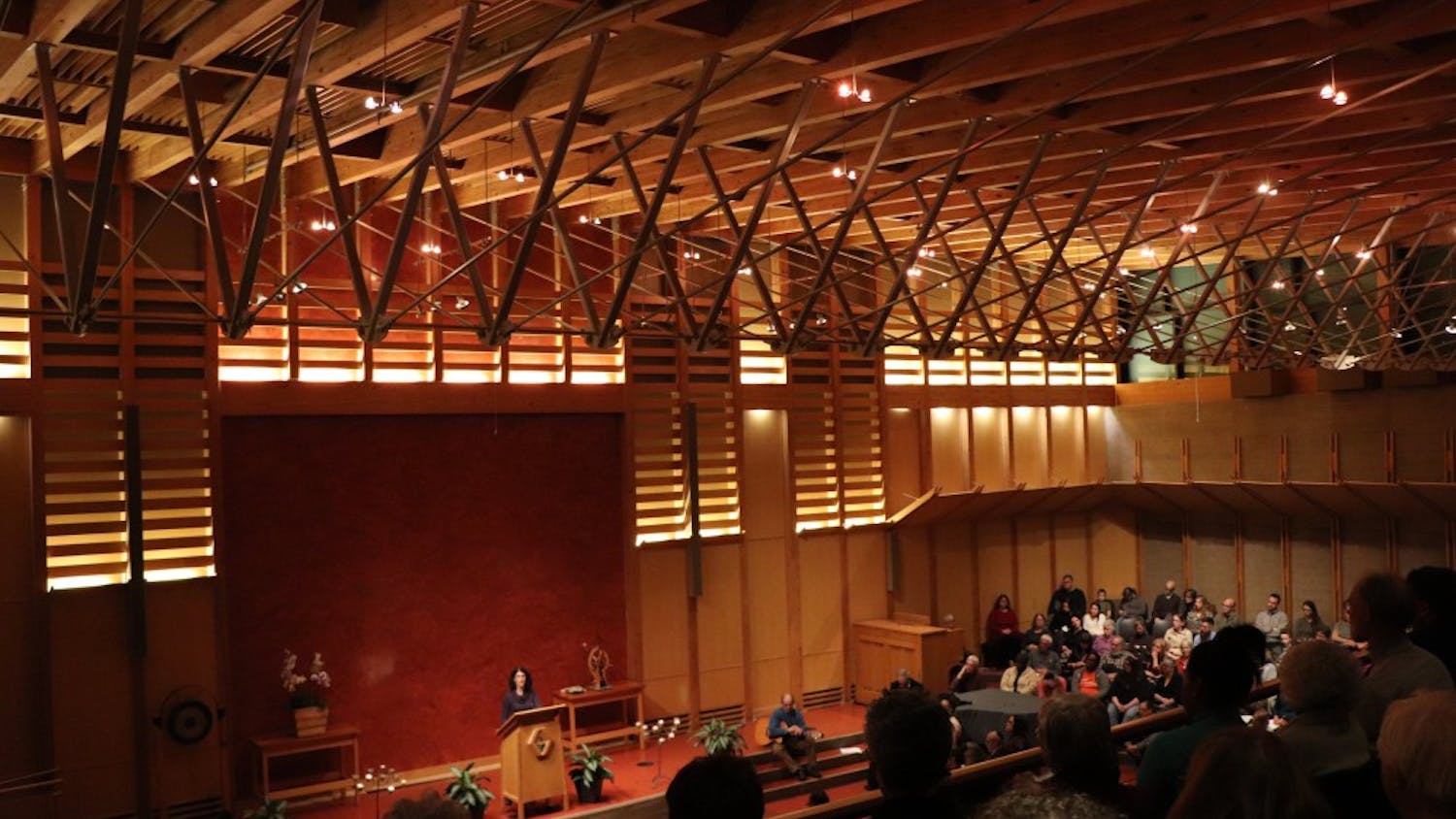Dicks come in all shapes, sizes and colors, and sometimes have the last name Cheney. Sometimes they’re circumcised and other times they’re not. While we’re very familiar with the range of dicks first mentioned in American culture, uncircumcised penises, which have an intact foreskin, are less familiar to us Americans. This is the result of the simple fact that many people with penises in the United States are circumcised at birth. Although the exact number has been changing over time, since the 1970s more than 50 percent of all people with penises had the procedure performed after birth. While those numbers are going down, the low over the last few decades, 2007, was still as high as 55 percent.
Our collective understanding of circumcision: What it means, why we do it and what it’s like when a penis isn’t circumcised are all shaped by media. It’s presented as the norm; and in porn, uncut dicks usually aren’t represented in media produced in the United States (but that Hungarian stuff—it’s there!). This is a quirk of American culture, but in many other places, circumcision isn’t the norm. In Latin America and Europe, most people with penises are uncut. Other cultural or religious practices can shape rates of male circumcision. In some cultures, circumcision is performed on boys when they reach puberty as an initiation rite, while for others it’s a symbolic practice. In Judaism, circumcision is performed shortly after birth and is a symbol of the Jewish community’s covenant with God. It’s also a common practice in Muslim communities.
We in the good ol’ U.S. of A do it a whole lot too. For Americans it’s the consequence of the medical community’s belief that circumcision has health benefits. For quite some time, the belief has been circumcision has health benefits—it’s more hygienic and it helps to lower the risk of coming into contact with STIs because of the increased amount of mucous membrane on the foreskin—that outweigh the risks. This feeling has changed over time. The medical community has a tendency to change its mind, and since the 1970s, it has regularly shifted between the opinions that circumcision is worth it or not worth it—leading to rising and lowering rates.
As of now though, more parents are choosing to leave the foreskin intact and not circumcise their children. This might be because of a cultural shift. A lot more people are taking sexual pleasure into consideration as a part of overall sexual health. The foreskin keeps the glans of the penis (or the head) moist and many people report increased pleasure; however, that’s wicked hard to quantify. Not too many people get cut on a whim just to report the difference in sexual pleasure.
Part of this pleasure revolves around the fact that much of the frenulum, the area on the backside of the penis where the foreskin connects to the shaft, may be removed during circumcision. Regardless, the foreskin definitely changes sexual pleasure and how we approach playing with a penis. It definitely makes a hand job easier, because the foreskin is like a built-in masturbation sleeve. We may want to be aware of the extra skin during a blowjob. Or utilize it! Tug on it or nibble it a little bit like we would our partner’s lips when making out. Foreskin adds a new visual element to the penis. As an acquaintance once said to me, “It’s like a wonderful wrapper with a surprise underneath.” Pull back the foreskin and reveal the glans. It will be like, “Surprise!”
A lot of people may be a little taken aback after seeing an uncut dick for the first time. But it shouldn’t be something to turn us off. While we may have a preference one way or another, a dick is a dick and whether cut or uncut, we should embrace it if that’s what we’re into.
Have any further questions for Michael about circumcision or sex in general? Send all inquiries to mpodgers@wisc.edu.





